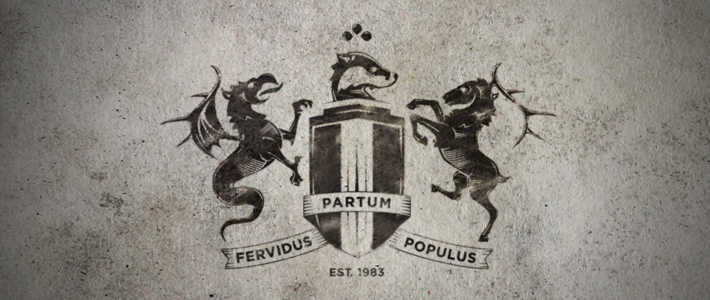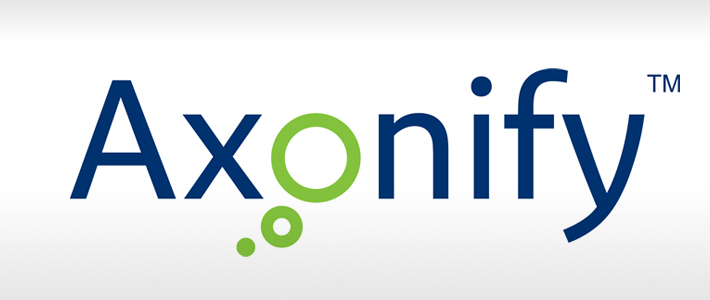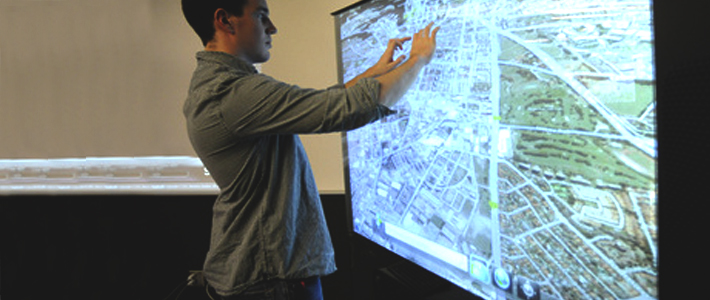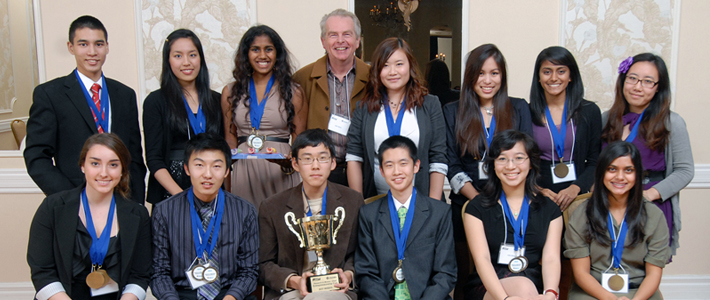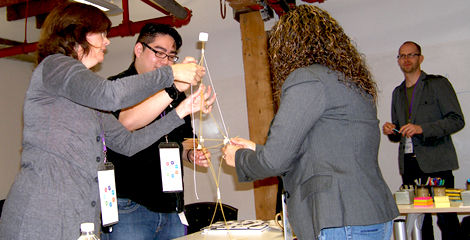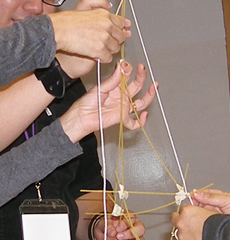If you weren’t able to attend or watch the TEDxWaterloo event on Wednesday, March 21, 2012, we have written a blog about the highlights that we took away from this inspiring event. This is Part 2 of the blog; Part 1, is available on the blogs page of our website.
We were introduced to Jean Beliveau, who is known as the walker. This Montreal Native walked around the world for peace, a journey that took eleven years, 64 countries, 75 500 km and 65 pairs of shoes. He met people from all walks of life and was especially touched by a man of little means in South America who said, “I met people so poor that all they have is money.”
Next, we learned of a new development in technology. Aeryon Labs demonstrated The Scout, a remote controlled helicopter with an overhead camera.
Everyone enjoyed the Musical interlude with Roberta Hunt, performing her own melodies reminiscent of New Orleans.
Taylor Jones’ presentation touched all of us. His creation Dear Photograph has become an international success, all in the past nine months. The concept of the website, book and now television show is that people place an old photograph that has meaning to them in the modern setting where the photograph was originally taken. He explained that Dear Photograph has ‘become a platform for people t breath new life into older memories.’ Sharing what he believes to be the reason for the explosion of his concept, Taylor concluded: “I think that emotion is what brings us all together.”
Sarah Williams, an urban planner, shared how people use social media to express emotional connections that they feel with their local places and destinations. Through analysis of results from FourSquare and Facebook, you can build an emotional map pf your urban environment.
Co-host Matt Gorbet shared the concept of TEDx in a Box, a portable way to allow developing communities to hold their own local presentations. TEDxWaterloo is the first TEDx event to get behind the project and donate a box.
Eli Pariser unveiled how internet-algorithms are acting like gatekeepers. There is no standard Google anymore; everyone gets their own tailored results, depending on what they have searched in the past and dozens of factors. “This moves us very quickly to a world where the Internet shows us what it thinks we need to see but not what we need to see.” He advocates a more open Internet.
Peter Katz closed the second part of the event with his remarkable music performance. He shared the story of an inspiration of his, Oliver Schroer, one of the world’s best violin players, Oliver died of leukemia in 2008, but he by the news of his untreatable cancer; Peter revealed, when the doctor told Oliver the news, he was overwhelmed with a feeling of peace. “He was already doing what he wanted to do with his life. All he had to do was keep doing it.”

